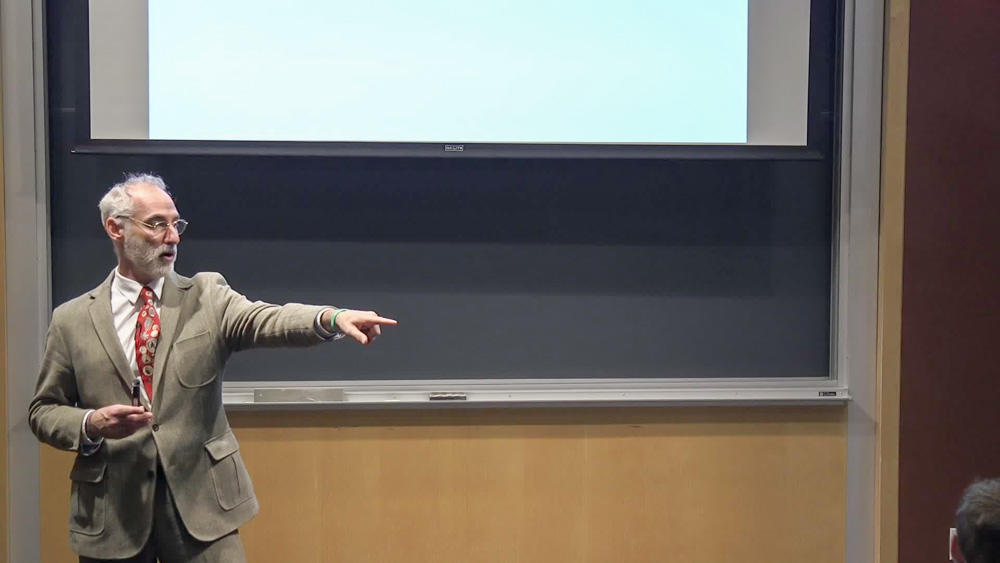Paying close attention to what’s going on in a classroom can help determine when to delve deeper on a given topic and when to re-teach something that may have been confusing. Through keen observation and “show of hands” solicitations, Bob Kegan stays attuned to the classroom’s ebbs and flows. Regular “temperature-taking” allows him to adapt lesson trajectories accordingly and gain insight into student understanding.
Taking the classroom temperature
Instructor
Robert Kegan, William and Miriam Meehan Research Professor in Adult Learning and Professional Development
Student Group
Graduate
School
Harvard Graduate School of Education
Course
Adult Development
Group Size
~200 students
- Quick assessments of student understanding, such as a “show of hands” poll or a quick-write at the end of class (also called an “exit ticket”) don’t take much time or preparation but do give instructors a valuable window into student learning
- When students are working in groups, listen with a purpose. Check for understanding of key concepts and look for small-group takeaways that are worth sharing with the whole class.
- Monitor the ebb and flow of small-group conversations around the room. Assign reasonable discussion topics that won’t last forever, and when the room starts to quiet down, it may be time to move on.
Angelo describes how classroom assessment techniques can be used to collect data about student learning. This data is then used to guide how the instructor approaches lecture content (1995).
- The University Learning & Teaching Center at George Washington University shares an overview of “Classroom Assessment Techniques (CATs)” that help instructors “take the classroom temperature” and monitor student understanding
- The University of Michigan outlines “Selected Classroom Assessment Techniques (CATs) for Getting Feedback on Student Learning” to help lecturers gauge student understanding during class




